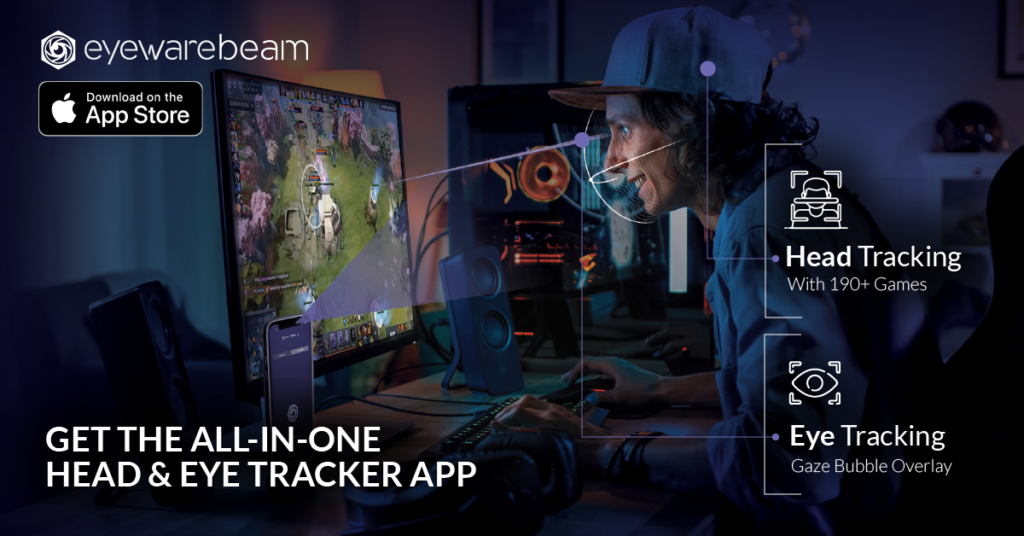As empresas devem capacitar as pessoas para criar um Metaverso melhor
Bloggers and “metaverse” industry insiders like John Hanke have exposed all that the new digital universe has not become. As John argues, regular people are accustomed to staying inside after two years of using Zoom, DoorDash, cloud software, or any form of entertainment platform such as Netflix. Covid is the perfect storm that pushed people to try augmented reality, mixed reality, virtual reality, and new forms of communication.
However, he argues that companies must do better to avoid what the warnings “about a dystopian future of technology gone wrong” in science fiction novels by Neal Stephenson, William Gibson, and Ernest Cline.
For this reason, in the past two years, alternative communication, data collection, and metaverse project-building have seen the most significant leaps in progress. New blockchain projects like The Sandbox, hardware advancements, and broader access to new technology push “the metaverse” movement forward. While “the metaverse” as a concept intrigues many as a plot for a fun movie or a controversial book, in our reality, “the metaverse” is a much different story.
What are the origins of “The Metaverse”?
The early concepts for digitalization and virtual reality were introduced in the film Tron in 1982. The director Lisberger’s inspiration for the Tron dates back to 1976, when he became intrigued with video games. We can see how far the early roots of today’s real-life metaverse reach. The ideas that appeared before are now resurfacing with a more invasive approach.
More recently, some concepts, such as Ernest Cline’s Ready Player One, focus on an alternate digital reality where everyone escapes reality for a virtual counterpart. This reality abandons the offline world for the sake of the digital universe. While some people advocate for this new way of living, we as a society should focus on avoiding bringing such a dystopian future into reality, as John Hanke argues. As interesting as “the metaverse” concept is, these science fiction novels and movies should serve as a warning on how not to approach a fast-evolving technological world.
How much should society adapt to the digital world?
Many argue that technology shouldn’t affect our lives to such an extent. But the reality is that we are moving closer to a digital-only lifestyle than not. We must create a connection between the digital and the natural world to have reasons to participate in our usual day-to-day activities. We still have reason to contact our friends; where we still go to the café, talk to each other, exercise, and enjoy life as it always has been in open societies.
There is a legitimate concern about where precisely this line is between the digital and the natural world—the line where “the metaverse” becomes a reality. As long as we consider all of our basic human needs, it will just be a world made better. We define a better world as one with all of the tools, data, information, services, and interactive technology at the ready.
The rise of interactive technology leads us to develop further the tools and devices used to carry out a better future. If these Web 3.0 concepts sound vague, these concepts are still somewhat open-ended and undefined. However, the tools we should aim to build are ones that most people, if not everyone, can use with enough practice.
The workings of creating a tool are another thing in itself. Physical tools are different from the tools developed as software inside the digital universe, but the same principle behind a “tool” is followed. If a person uses a brush and a canvas, they can paint a picture. If they use a computer and a program, they can paint a digital image. These digital applications did not replace their real-life counterparts. Instead, they brought an alternative way of performing a particular task.
A case study of leading “metaverse” tools
These simple but useful tools are what future generations no longer need to worry about but can use to develop something new. In a sense, they can continue from where previous generations left off. They need to use that tool to make something even with potential adoption across the globe. Companies as big as Meta (formerly Facebook) and individuals like Phil Libin are creating tools that go beyond our imaginations.
One such company is Swiss-based Eyeware Tech, which develops software-only tecnologia de rastreamento de cabeça e olhos for webcams and 3D sensors. They aim to advance natural connections between people and their devices. Through a dedicated sensor, the software actively tracks the movement of one’s head and eyes, displaying those movements on-computer monitors.
The platform-independent technology allows real-world interactions that offer a new way of connecting man and machine. The results are not vague contributions. Eyeware Beam enables pesquisa acadêmica on visual attention and a more comprehensive range of human behavior. In the case of live streaming and video content creation, the Eyeware Beam app for iPhones and iPads launches an interactive environment between streamer and their audience with an eye tracker overlay.
A greater purpose for “the metaverse.”
The idea of harnessing technology to serve our needs and not vice-versa was, is, and always should be a path that humanity takes. To tackle the new opportunities and challenges, we must aim to better understand the world around us and interact with it. The world itself is information. If we wish to view this information, we can use vision, sound, smell, and feeling to gather information and interpret the given data.
Alternatively, we could use the various tools already at our disposal. We could use “the metaverse” to gather information on how to build our society. Still, the choice is what brings opportunity, and the options available bring the necessary steps needed for Web 3.0.
Using software like Eyeware Beam or AMD Privacy View brings these additional opportunities. By tracking the movement of the eyes in real-time and reproducing it as information, this software has many applications: driver monitoring systems, where one could use data gathered on human errors to provide safety tips while driving, integration with virtual reality devices, simuladores de treinamento, immersive live streaming interactions, and even robotic applications. Let alone the multitudes of other applications and software at our disposal. Whichever it may be, the trend of computers becoming more powerful and smaller in size means that software like this only adds to the valuable arsenal of tools that one could carry around in their pocket and actively use.
Hopefully, these concepts developed with Eyeware Tech’s computer vision algorithms and machine learning AI will lead independent software developers to build their ideas with access to the Eyeware Beam head API for head and eye tracking. Empowering others with technology lets us build a better future led by individuals and not concentrated within a few powerful companies. Be it with Eyeware Tech or any other software.

